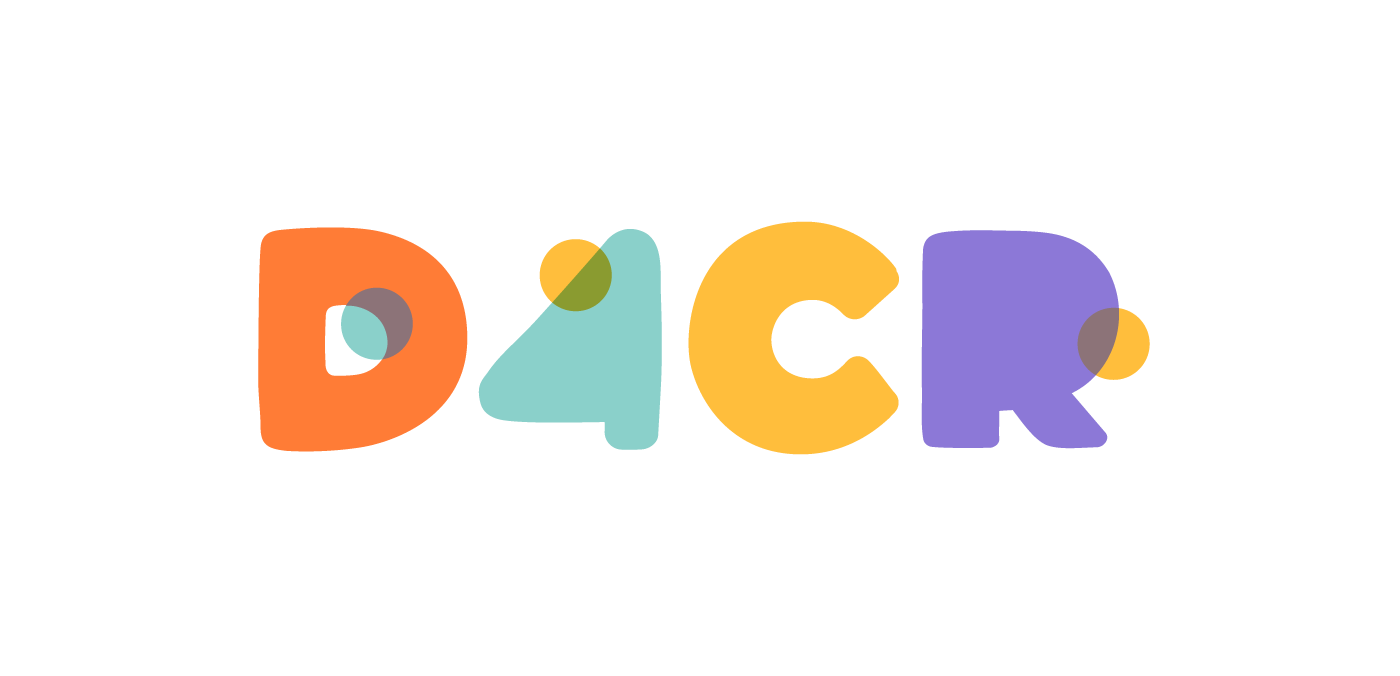Supporting Resources
For The Children’s Design Guide
On this page you will find a collection of resources that help understand and work with the Children’s Design Guide.
General on Designing for Kids
Child-Computer Interaction (pdf, 2022)
Designing for Kids (book, 2018)
Design for Kids: Digital Products for Playing and Learning (book, 2014)
Design of Service by 5 rights foundation (book)
Child-centred Design by Save the Children (pdf)
The BBC: 7 principles to help create great digital experiences for children (website)
Nielsen & Norman: UX Design for Children (pdf)
LEGO & Unicef – Responsible Innovation in Technology for Children: Digital technology, play and child well-being (pdf)
General on Children’s Rights
The Convention on the Rights of the Child (web)
UN General comment No. 25 on children’s rights in relation to the digital environment (web)
Global Child Forum: A Workbook for Businesses (pdf)
Design for Inclusion
Involving Children in the Design Process
Playtest with Kids (website)
Kids Included: Enabling meaningful child and youth participation within
companies in the digital era (website & pdf)
User Research with Kids (book, 2021)
Co-design with kids – a toolkit for designers (website)
The CCI UX Playbook (pdf)
Exploring Child-Centered Design Approach PHD book (pdf)
Children’s User Behaviours
Development Stages cards (pdf)
Usability Issues in Designing for Young People (website)
Designing for Teens (website)
Accessibility & Diversity
Diverse Families and Media: Using Research to Inspire Design (pdf)
Kidmap: Kids Inclusive and Diverse Media Action Project (website)
Game accessibility guide (website)
TUET – a tool to develop and select inclusive toys and games (website + pdf)
The LUDI Network: Play for Children with Disabilities (pdf)
Evaluation of children’s play (pdf)
The 7 Principles of Universal Design (website)
Universal Design Principles (video)
Design for Play & Learning
Evolutionary Playwork (book, 2011)
Playful by Design (pdf)
Children, Technology and Play (pdf)
Exploring Play and Creativity in Pre-Schoolers’ Use of Apps: Media Industry Guide (pdf)
Young Children Playing and Learning in a Digital Age (book, 2018)
Framing Play Design (book, 2020)
ToP – Test of Playfulness (pdf)
Design for Safety & Sustainability
The Children’s Code Design Guidance (pdf)
Children’s Code: Additional Resources (website)
Risky by Design (website)
How Digital Design Puts Children at Risk (pdf) or Summary (pdf)
The Role of Digital Technologies in Relation to Children’s Well-being (website & video)
The Good Childhood Report (website)
Academic Journals
Childhood
Journal of Children and Media
International Journal of Child-Computer Interaction
Learning, Media and Technology
Children’s Geographies
International Journal of Play
Early Years
Global Studies of Childhood
Core – A knowledge base on children & youth in the digital age
D4CR Talks
The following talk by Jonna Totterman is in Finnish language.
